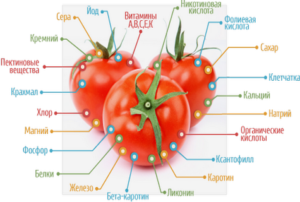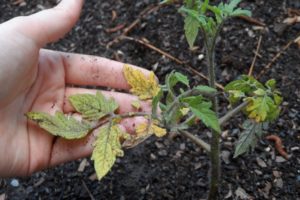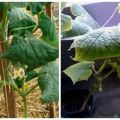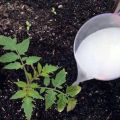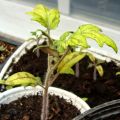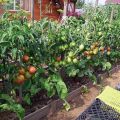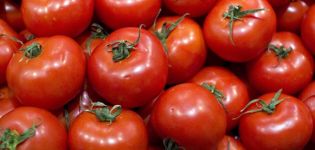Why do tomato seedlings wither and curl leaves and what to do
What to do if the leaves of tomato seedlings wither and curl. The first step is to find out if curling is a varietal feature, to figure out what was done wrong when planting seeds or while caring for seedlings.
About the reasons for curling leaves
There are several reasons why all the leaves of tomato seedlings are twisted. All of them can be combined into groups:
- diseases of a fungal, viral, bacterial nature;
- invasion of pests;
- poor agricultural technology;
- feature of the variety.
You do not need to give up, it is better to start eliminating the reasons in time. To do this, it is urgent to find out why the leaves of tomato seedlings are curled.
Diseases of tomatoes and leaf curling
Very often, the infection becomes the reason why the leaves curl in seedlings or in adult tomatoes. Infections can be of a different nature: viral, bacterial, fungal.
Pillar
Symptoms of the disease are discoloration of leafy and deformation of leaves located on the tops of the central and lateral shoots. They take on a purple or pinkish-purple hue. The maximum effect in the fight against the disease can be achieved by treating diseased plants with Phytoplasmin.
Bacterial cancer
Deformed leaves that have lost their usual shape are found in tomatoes with bacterial cancer. Curing plants is useless. It is necessary to get rid of diseased seedlings (bushes) as soon as possible, to destroy them. Treat healthy seedlings for prevention with a solution of copper sulfate.
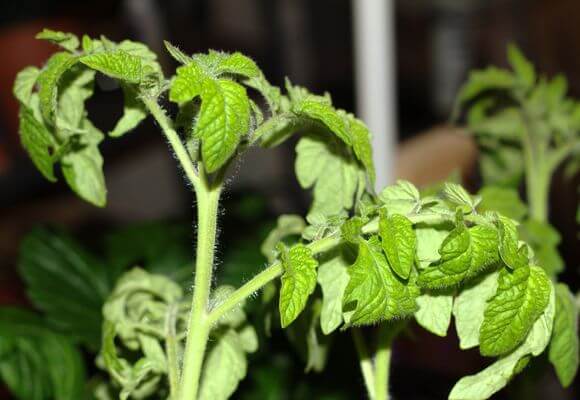
What insects do tomato leaves curl from?
Sometimes it is easy to understand the problem of curled leaves by looking closely at the back and stems. Fluke insects, settled on seedlings, suck sap, damage the surface of stems and leaf plates. Aphids, whiteflies, spider mites help to curl the leaves.
Aphid
A picture familiar to many: a chain of ants crawling along the trunk, and the tops of tomato bushes with curling leaves. At the sight of her, it immediately becomes clear that aphids have settled in the greenhouse on tomatoes. You need to get rid of not only aphids, but also ants. The soil under the bushes can be sprinkled with tobacco or paprika for ants. While there is no tomato on the bushes, treat the entire surface of diseased plants with an insecticide, for this purpose the following are suitable:
- Aktara;
- Spark;
- Proteus.
It is more difficult to decide what to do if there are already tomatoes hanging on the bushes. In this case, it is better to do with folk remedies for aphids. Insist wormwood or celandine.In the evening, treat plants infected with aphids with infusion. To make the solution stick to the surface, add grated laundry soap to it. For 3 liters of water you need 500 g of wormwood, celandine for the same volume needs 2 times less.
Whitefly
The reason that the leaves of tomatoes curl in the greenhouse may be the whitefly butterfly, it is quite difficult to find it, since during the day it hides in the lower part of the tomato bush. Tomatoes should be sprinkled with yarrow infusion for the prevention of whitefly, so that later you won’t wonder why the leaves of the tomatoes are twisting. For 5 liters of infusion, 150 g of chopped grass is needed. Be sure to add 100 g of laundry soap to the infusion.
Spider mite
The obvious presence of a spider mite on tomatoes is indicated by external signs: cobwebs on the branches, leaves curled up. Due to the fact that the mites actively suck the juice, the leaves dry, the fruits are worse set. If before harvesting at least a month, you can apply chemicals:
- Borneo;
- Flumite;
- Oberon.
For ardent opponents of chemistry, you can recommend infusions of dandelion, green onions or garlic. For 3 liters of infusion, 0.5 kg of dandelion flowers are needed. The same proportions, if the infusion is decided to be made from an onion feather. You need 15 cloves to make garlic water.
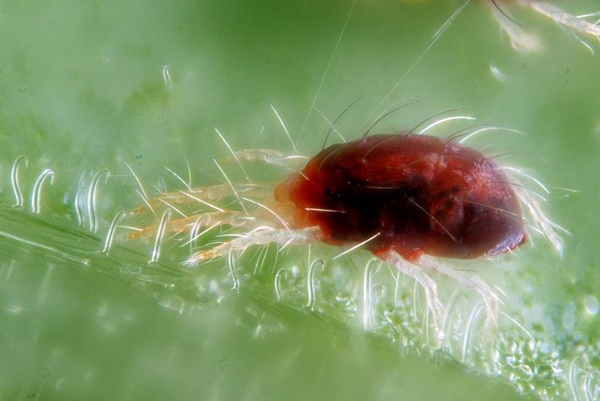
Problems with agricultural technology
The main care of seedlings and adult tomatoes consists of watering, dressing, creating a certain microclimate (temperature, humidity, lighting). Rolled leaves are a sign of poor grooming.
Soil moisture
The main reason why the bushes are partially deformed in tomatoes is soil moisture. At the same time, it does not matter at all whether there is an excess of moisture in the soil or a lack of, and in both cases, the leaves are wrapped, but in different ways.
When the soil is too dry, the leaves curl down; in case of excess moisture, the edges curl up.
Most often, problems with watering occur among novice gardeners. Experienced gardeners know everything about the dangers of frequent, surface watering. By soaking only the surface layer (5 cm) during watering, the gardener practically deprives the plant of moisture, since the bulk of the roots is deeper. Due to the lack of moisture, the plant lowers the leaves down.
The problem is solved simply. The gardener must reconsider the irrigation scheme. Water in the open field once a week; in the greenhouse, water abundantly every three days. Two buckets of water is an approximate amount of water for an adult tomato bush. Watering is best in the early morning.
With improper watering of seedlings, the same problems arise. So that the seedlings do not die, she urgently needs help. Stop watering when the soil is waterlogged, resume watering after the topsoil up to 5 mm thick dries up. If the soil is dry, water the seedlings with water at room temperature, slightly humidify the air in the room with a spray gun or a household humidifier.
Temperature
In the summer, it is easy to understand why the leaves of tomatoes in a greenhouse curl. At noon, the temperature in a polycarbonate greenhouse can exceed the threshold of 35 ° C. In this case, the outdoor temperature may not exceed 25 ° C. It's all about the sun, it warms up the air in the greenhouse.
Tomato bushes suffer from heat, leaves from temperature and moisture loss begin to curl.
In the heat, sprinkling is strictly prohibited. This applies to any time of the day. When watering by sprinkling in the morning and in the evening, late blight may flare up, and daytime watering will lead to sunburn. Curling of leaves in tomatoes in a greenhouse can be stopped by watering at the root. The most ideal option for both the tomato and the gardener himself is the drip irrigation system in the greenhouse.
In the heat, you can try to reduce the evaporation of moisture from the surface of plants and from the soil, for this, tomato bushes can be sheltered from the sun.For shading, a white covering material is used, the upper part of the greenhouse is made of polycarbonate. The air temperature inside the greenhouse is reduced by a natural or automatic ventilation system.
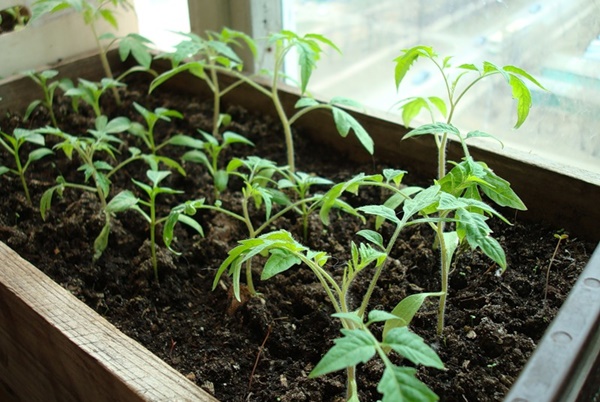
Seedling soil
Poor soil is one of the reasons why tomato seedlings have curled leaves. Using garden land is a common mistake gardeners make. Garden land can contain pathogens, in addition, due to intensive use, it does not contain trace elements necessary for seedlings. The lack of useful elements in the soil is manifested in the appearance of the seedlings.
With a lack of phosphorus, the leaves of the seedlings change color from green to gray-green, while they fold.
To return the plants to their normal appearance, they need to be watered with a superphosphate solution or a solution of any complex fertilizer containing phosphorus.
If the color of a tomato bush acquires a light purple hue, and the leaf plate bends inward, this is a signal that there is a lot of zinc in the soil. An excess of copper in the soil leads to the fact that all the foliage curls, and the color becomes bright green. Weakened seedlings should be transplanted into high-quality soil, a week after transplanting, feed with complex fertilizer for tomatoes.
Fertilizer problem
Application of fertilizers without a system leads to the fact that leaves curl in seedlings and adult tomato bushes. Moreover, the seedlings are twisted both with a lack of fertilizers in the soil, and with their excess.
Excess nitrogen in the soil
Gardeners are trying to stimulate seedlings lagging behind in growth with a shock dose of fertilizers containing nitrogen. With an excess of nitrogen in the soil, the seedlings absorb less phosphorus and potassium, and other trace elements. Lack of nutrition affects the state of the leaves, their color changes, they begin to curl.
Gardeners often disrupt the nitrogen balance in the soil by introducing nitrogen-containing fertilizers in excess of the norm: ammonium nitrate, urea, while also using mullein or grass infusions. Apart from the fact that liquid infusions of mullein and herbs also contain nitrogen.
Having understood why the upper leaves of tomato seedlings curl, it is necessary to increase the content of phosphorus and potassium in the soil, thereby neutralizing nitrogen. Seedlings can be fed with ash infusion, and adult tomatoes, so that the leaves do not curl, can be fed with potassium sulfate (10 g / m²), in addition, water all tomatoes with a superphosphate solution.
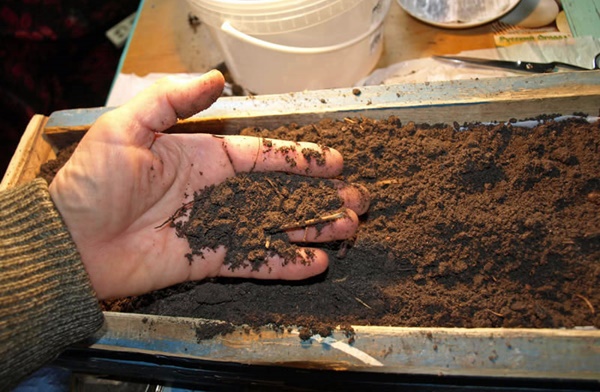
Features of the variety and curl of leaves
Some varieties (more often indents) stand out for their appearance. They have a narrow leaf blade, not spreading, the tips of the leaves are bent down. Against the background of other tomato bushes (seedlings), such plants look painful, but in this case the gardener does not need to worry about the fate of the future harvest.
The leaves of tomato seedlings are curled due to a genetic feature. Adult plants and seedlings in this case are absolutely healthy and no measures need to be taken. This feature is found in tall Cherry tomatoes, in addition, leaves can be wrapped in varieties:
- Honey drop;
- Fatima;
- Japanese crab.
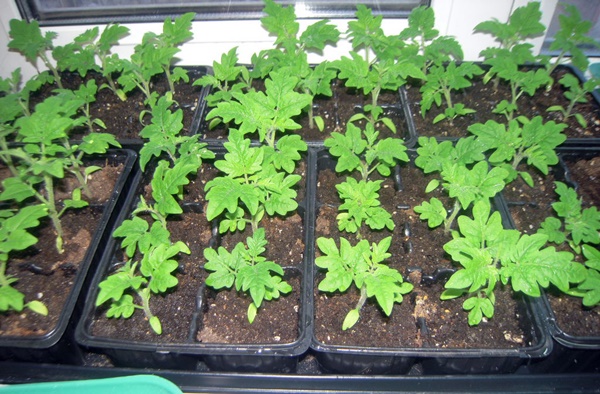
Conclusion
The appearance of deformed leaves on seedlings (tomato bushes) should not cause panic in novice gardeners. In most cases, this happens for the simplest reasons. First of all, create normal conditions for plants to grow, resort to chemistry in the most extreme cases and they will not wrap.
